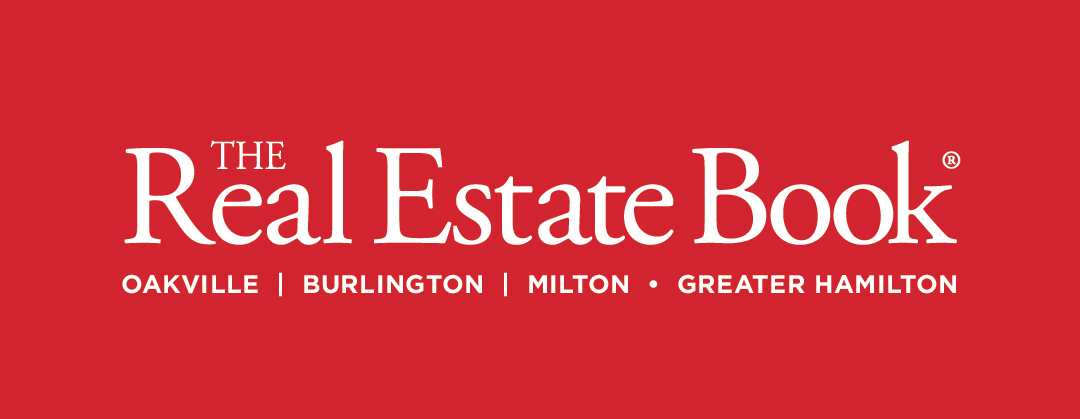Fractional ownership is simply that – owning a fraction of a property, typically a vacation property. This model has been gaining popularity due to the continued high prices of cottages and vacation rentals. As families get busier, the need for a full-time property, along with all of its expenses and year-round work, has become less appealing. Instead of investing in a cottage or vacation property full-time, it’s possible to enjoy all the luxuries just a few times a year.

The difference between fractional ownership and a time-share
Fractional ownership can be split depending on the other parties and agreed-upon division. Quarter ownership is the most common, but it can also be broken down into as little as 1/12th ownership. Fractional can be sold through standard real estate channels and transferred over to family members or friends. A property can have multiple owners without running the risk of hard feelings if one person decides they want out of the agreement. It means, friends or family members who enter into the joint purchase of a property don’t have to sell and divide the profits if one member wants out. In a fractional arrangement, one person’s purchase or sale does not affect the others. It is up to each owner to sell their portion if a time should come that they are no longer able or interested in remaining the owner.
Holidays are booked ahead for the entire year, so each party knows what weeks they will be using the property and can plan their holidays accordingly. In addition to the real estate purchase, owners typically pay a monthly maintenance fee along with their share of the taxes and insurance.
Time-share models, by contrast, allow you to use the property, but you don’t own anything tangible. In effect, you’re only buying the right to use the property at certain times of the year, making it a more affordable option. t’s a “pay to use” without the ownership.
Don’t forget to factor in monthly fees
Owning a fractional property requires a budget for monthly payments, similar to condo fees. Before you cringe at the idea of monthly or annual fees, imagine escaping to your cottage location withoutall the maintenance that goes along with full ownership. Those fees may suddenly be worth owning a property hasslefree. For the average fractional, annual maintenance fees run about $2,500 a year depending on the location, size, fractional split and amenities. For many cottagers, arriving at a well-maintained cottage without having to shovel, weed gardens, service water lines or maintain a dock is well worth the money. Some fees also include access to tennis courts and boats. If you are considering a fractional, look for properties in areas that are welltravelled, like ski resorts, popular “cottage country” towns and vacation hotspots. This demand will keep the value of your investment climbing and ensure you get the most bang for your buck.
It’s not for everyone
For die-hard cottagers or families who prefer to plan last-minute, fractional ownership may not be the right solution. Interested buyers should do a “costbenefit analysis” first to understand themselves better and examine how much they are really going to use the property. If it’s once or twice a year, renting a cottage property might be a more cost-effective option and less of a commitment.
For those buyers looking to make money from an investment, a fractional property won’t earn you many gains if your piece of the pie is rather small. In other words, owning a quarter of a property will net more profits than a 1/10th or 1/12th arrangement, if that’s your goal. In this case, the buyer may be better off looking at outright buying lower-cost properties to fix up, or in less expensive cottage areas.
Written By: Julie Achtermeier



